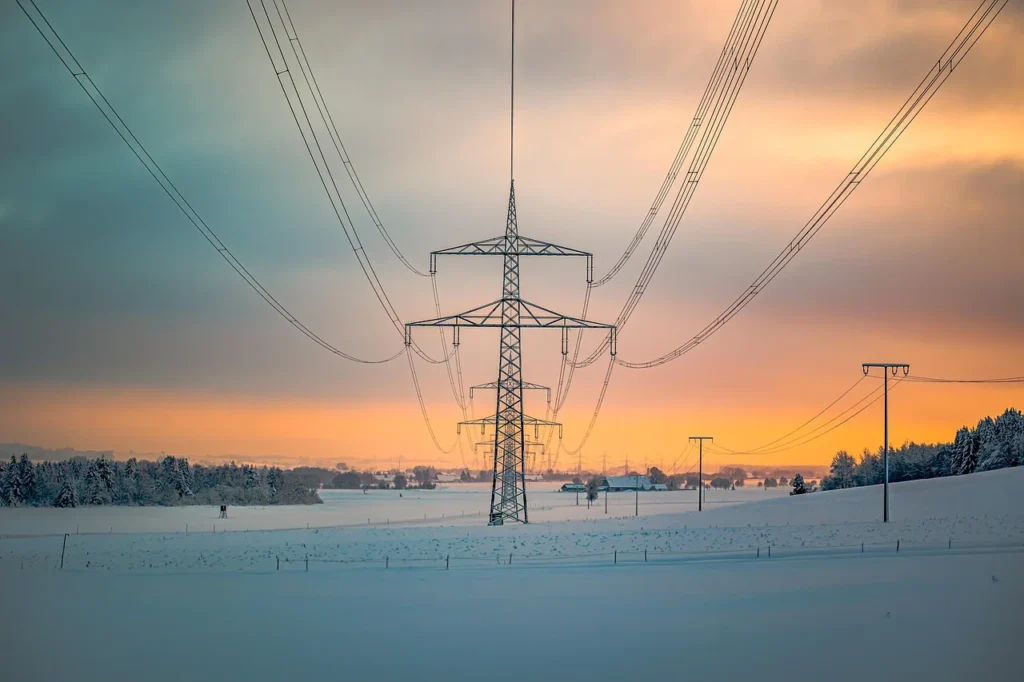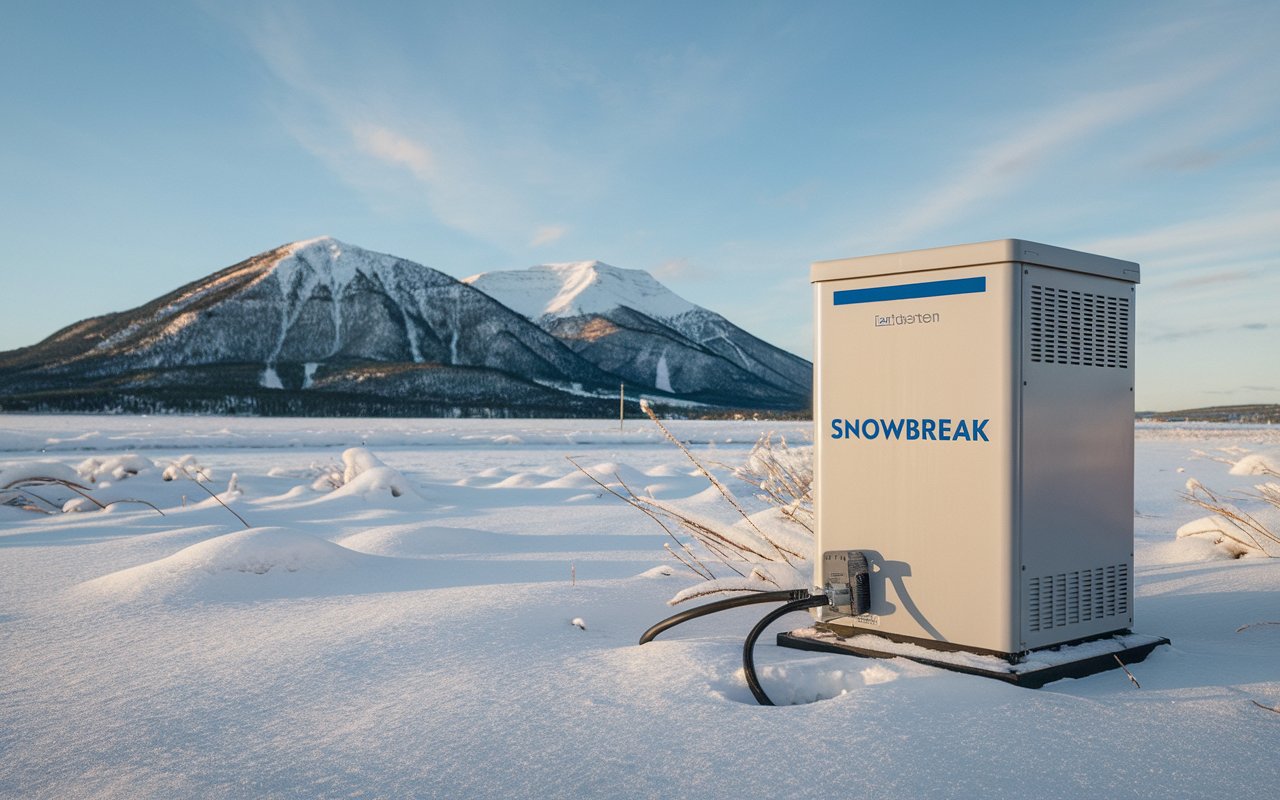If you’re researching Snowbreak Locate Uninterruptible Power Supply (UPS) systems, you’re likely dealing with sensitive operations in cold environments where power failure isn’t just an inconvenience, it’s catastrophic. From high-altitude observatories to Arctic data centers and remote emergency infrastructure, the demand for dependable power continuity in sub-zero environments is more urgent than ever. The Snowbreak Locate UPS concept answers this call: a climate-hardened, precision-built power backup system for places where failure is not an option.
This in-depth 3,000-word feature explores the engineering philosophy, environmental testing, industrial applications, and long-range implications of the Snowbreak Locate UPS. From innovation timelines to design standards and global adoption, you’ll discover why this is more than a product it’s a mission-critical shift in energy assurance.
The Engineering Behind Snowbreak Locate UPS
The foundation of Snowbreak Locate’s resilience lies in its rugged engineering. While traditional UPS systems focus on power smoothing and voltage regulation, this system emphasizes endurance in hostile climates.Unlike conventional models, it doesn’t rely on ambient air cooling. Instead, it uses a closed-loop liquid coolant system adapted from aerospace technologies to avoid condensation and freezing.
Historical Context and Why It Matters Now
The first iterations of climate-resilient UPS technology were created in the 1990s for polar research labs, but the hardware was bulky, expensive, and inefficient. Snowbreak Locate was born out of a collaborative research effort between a Nordic tech consortium and a Canadian grid-resilience fund.
By 2022, as climate disruptions intensified and digital infrastructure expanded into colder geographies, the need for a scalable, modular solution became urgent. With global companies building data centers in Scandinavia and emergency responders deploying mobile command units in snow-laden terrains, the demand for Snowbreak Locate skyrocketed.Today, it serves as the backbone for international relief outposts, arctic telecommunications, and remote mining ops quietly enabling continuity.

How Snowbreak Locate Powers Critical Missions
Real-world Use Cases:
- Svalbard Seed Vault: A modified 50kVA system protects the planet’s most critical biodiversity archive.
- Canadian Ice Road Checkpoints: Telecom towers equipped with 10kVA units ensure emergency connectivity even in January storms.
- Alaskan Field Hospitals: With inconsistent solar inputs, a 150kVA Snowbreak UPS bridges the gap between sun and grid.
- Military Recon Stations: Portable, armored units help relay encrypted communications across frozen landscapes.
Its silent function, high reliability, and low maintenance profile make it indispensable where grid stability is fragile or nonexistent.
The Modular Mindset
Snowbreak Locate’s scalability isn’t just technical it’s philosophical. It’s designed with modular microgrids in mind. Whether you need backup for a research rover or an entire outpost, its stackable architecture allows configuration to match need without overbuilding.Modules can be upgraded independently. That means battery chemistry, communication interfaces, or even firmware can be upgraded without downtime unlike legacy UPS models which require full replacements.
Design Ethics and Sustainability
While most tech hardware overlooks lifecycle impact, Snowbreak Locate embeds ethical manufacturing into its DNA. The lithium for its batteries is sourced from traceable, low-impact mines in Finland. The metal chassis uses recycled aluminum, and the firmware is built using open-source cores to ensure long-term transparency.When a unit reaches end-of-life, over 80% of components are recyclable or eligible for repurposing in non-critical applications, such as educational testing centers.
Benefits and Drawbacks of Snowbreak Locate UPS
| Pros | Cons |
| Operates in extreme low temperatures | Higher upfront costs than conventional UPS systems |
| Fast switching time (<10ms) ensures no downtime | Requires professional installation for large-scale deployments |
| Modular upgrades extend product life cycle | Limited availability in tropical countries |
| Integrated remote diagnostics with firmware over-the-air (FOTA) | Battery disposal needs must meet local environmental policies |
Competitive Positioning in the UPS Market
While brands like APC, Eaton, and Vertiv dominate urban infrastructure, they haven’t prioritized temperature extremes. Snowbreak Locate fills this void. It’s not here to compete in server rooms it’s here to redefine backup power for where humanity rarely goes.For NGOs, militaries, climate scientists, and off-grid engineers, the choice is no longer about cost it’s about survivability.
Global Adoption and Regional Deployment
Where It’s Thriving:
- Nordic Nations: Norway, Sweden, and Iceland have standardized it in government emergency shelters.
- Arctic Canada: Telecom carriers use it to maintain 5G connectivity in snowed-in First Nations communities.
- Japan: Deployed in northern Hokkaido, where seismic activity and cold conditions make power continuity vital.
- Mongolia & Kyrgyzstan: Used in high-altitude schools and border monitoring facilities.
In the next two years, Snowbreak Systems aims to expand its reach into Patagonia and Antarctica-based research hubs.
Final Thoughts
In the age of climate unpredictability, energy security is the new baseline of civilization. The Snowbreak Locate UPS system isn’t a niche solution it’s an infrastructural rethinking. When connectivity, medicine, and even food supply chains rely on power, we can no longer afford single points of failure.It’s not just about enduring the cold. It’s about trusting that the cold won’t break the mission.
FAQs
Q1: Can Snowbreak Locate UPS be installed indoors and outdoors?
Yes. Each unit is IP67-rated for complete weather sealing, suitable for harsh outdoor and controlled indoor conditions alike.
Q2: How long do the batteries last in sub-zero usage?
Batteries are rated for up to 8,000 cycles, with minimal degradation even after 4 years in -40°C conditions.
Q3: Is it compatible with renewable energy inputs?
Absolutely. Solar, wind, and hydro sources can all charge the system. Integrated MPPT controllers ensure optimal conversion.
Q4: What maintenance is required?
Quarterly firmware checks (automated), annual thermal paste reapplication, and a 5-year preventative battery checkup.
Q5: Can individuals purchase it, or is it enterprise-only?
Initially enterprise-focused, the company plans to launch small-scale home units (3–5kVA) by late 2026.

